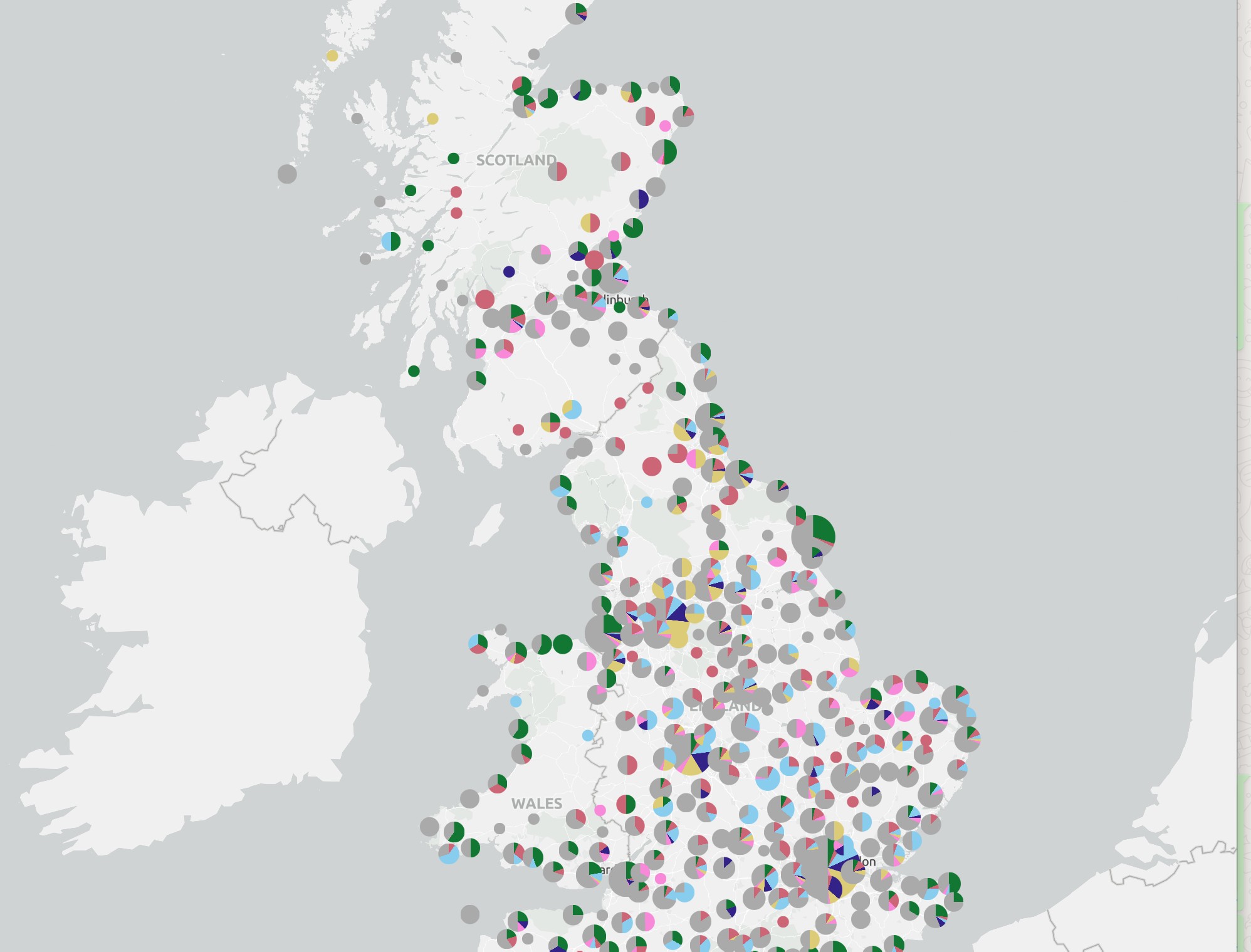DEFRA urges producers to report dead wild birds
Published on : 13 Oct 2025

DEFRA has a surveillance map showing reported dead wild birds
Defra are very keen that the general public report dead wild birds to help them to understand how Avian Flu is spreading. They are particularly keen to hear from farmers as reports from agricultural land is disproportionally less represented than public spaces for example parks, canals, nature reserves, coastal areas etc. and it stands to reason that wild birds are just as likely to be found on or near farmland as in public spaces. This is particularly true of the ‘target’ species in particular inland waterfowl such as ducks and geese.When dead wild birds are reported they may be collected and tested for bird flu or other causes of death. Not all dead wild birds however will be collected – a lot will depend upon the species, number reported and whether it is the first report from an area, condition of the carcase and condition of the carcase whether they can be safely collected.BFREPA and the other farming groups are actively encouraging farmers to report dead wild birds found on their land as it not only helps Defra with their understanding of bird flu, as testing dead birds can act as a barometer and indicator or level of infection, but it also gives the farmer an indication of the background level of disease in their immediate area.Reporting is very straightforward. Dead birds can be reported online via the Defra AI website or by calling 03459 33 55 77 The information you need is:• where you found the dead birds (an exact location is needed)• what type of dead bird(s) you found• how many dead bird(s) you found• your contact details• the condition of the carcase The process should take no more than 5 minutes.The report will be recorded and added to the APHA interactive map of reported wild bird mortality and findings of bird flu in wild birds in GB. This map, which is publicly available, is an interactive map of reported wild bird mortality and findings of avian influenza virus (bird flu) in wild birds and wild mammals from the APHA’s wildlife surveillance programme. It also allows you to check the status of your wild bird report.If appropriate the dead bird will be collected by one of Defra’s contractors and taken to one of the Veterinary Investigation Centres for sampling. The samples are sent to the APHA national reference laboratory at Weybridge, Surrey for testing. The interactive map will be updated to show whether the dead birds(s) were collected and if so, whether they were positive or negative. The updates can take a few weeks to be updated. A summary of the number of birds tested and the % testing positive, together with the species and County location, will also be reported to industry at the weekly Defra Avian Influenza Core Group meetings.If the bird does test positive for HPAI, no action will be taken on the ground. The farm will not be put under any movement restrictions. The purpose of the surveillance programme is purely to help Defra and APHA understand how Avian Flu is spreading and helps inform the risk levels.CLICK HERE TO VIEW THE DEFRA WILD BIRD OUTBREAK MAPCLICK HERE TO REPORT WILD DEAD BIRDS